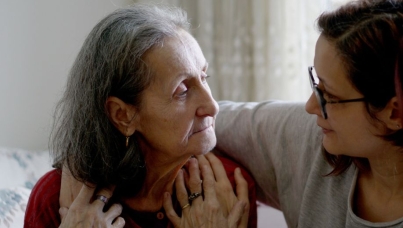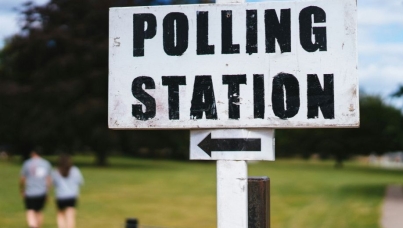Don't write off the 'Yes' vote just yet
After a year to forget for supporters of a `Yes' vote, our latest poll suggests that the gap between the two sides has narrowed a little.
The battle to win next year’s independence referendum is very much alive. After a year to forget for supporters of a ‘Yes’ vote, our latest poll suggests that the gap between the two sides has narrowed a little.
Using the question recently proposed by the Electoral Commission ‘Should Scotland be an independent country’, 34% of those who say now that they will definitely vote in the referendum support independence, while 55% wish to remain part of the UK and 11% remain undecided. While this does not represent a return to the 39% support recorded a year ago, it is an increase of four points in support for independence since our last poll in October 2012.
The poll was conducted as the campaign enters a new phase. With the issues of process now largely concluded and agreed, there is now a greater focus on the issues which will decide the referendum outcome. The nationalists have been active in this regard, having recently put forward ideas for inclusion in a new written constitution and publishing a timeline for the ‘road to independence’ in the event of a ‘Yes’ vote next year.
This strategy of talking about the practical consequences of independence and what it would mean to Scots does not appear to have driven voters towards the ‘No’ camp. It is also in contrast to the pro-union ‘Better Together’ campaign which has not yet produced an agreed vision of what a ‘No’ vote would mean in terms of any additional powers and responsibilities for the Scottish Parliament.
Of those in the 18-24 year old age group, nearly six in ten think Scotland should be independent, although only 60% of young people say they are certain to vote, compared to some 80% of those over 35 who say they are certain they’ll turn up on the day. While polls have often shown that younger people are more favourable towards independence, none of our previous polls have shown such high levels of support. And although younger people are more likely to tell us that they may still change their minds (33% compared to 19% overall), these findings are significant.
They may reflect the raft of recent welfare reforms announced by the UK Government which are seen as being particularly painful for young people. It could also be the result of continued economic gloom facing young people, including high rates of unemployment and difficulties getting onto the property ladder. It may also echo high levels of support for the SNP among young people, at least partly driven by policies such as free tuition fees for students. Six in ten young people tells us they would vote for the SNP if there were a Holyrood election tomorrow.
The nationalists will also take some comfort in the satisfaction ratings for Nicola Sturgeon, who has been given a more prominent role in their campaign. Public satisfaction ratings in the job she is doing are higher than for any party leader or high-profile politician in Scotland, including the First Minister. While both the First Minister and his deputy each receive the backing of 50% of the public, dissatisfaction with Mr Salmond is higher than with Ms Sturgeon, giving her a significantly higher net rating. And it is older voters, a key target group for the ‘Yes’ campaign given their traditional support for the union and their higher propensity to vote, who appear most impressed by her performance.
These personal satisfaction ratings also highlight a challenge for the unionists. More than a third of Scots (35%) are unable to rate the performance of Alastair Darling, the leader of the ‘Better Together’ campaign. This suggests that he has yet to engage with the public and that the ‘Better Together’ campaign needs to do more to present a vision of what a ‘No’ vote in 2014 would mean. .
This poll gives both sides of the debate plenty to ponder. Over half of committed voters are in favour of Scotland remaining in the union but the gap between the two sides appears to have narrowed. And it is the nationalists who will hope that they now have some all important momentum and can continue to narrow the unionist lead.
This article was originally published in The Times



